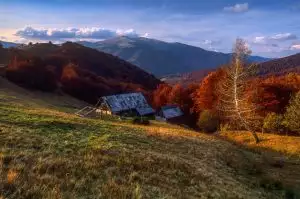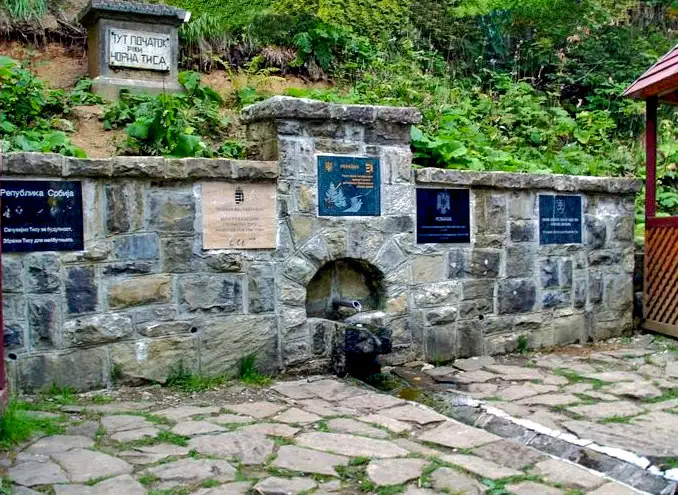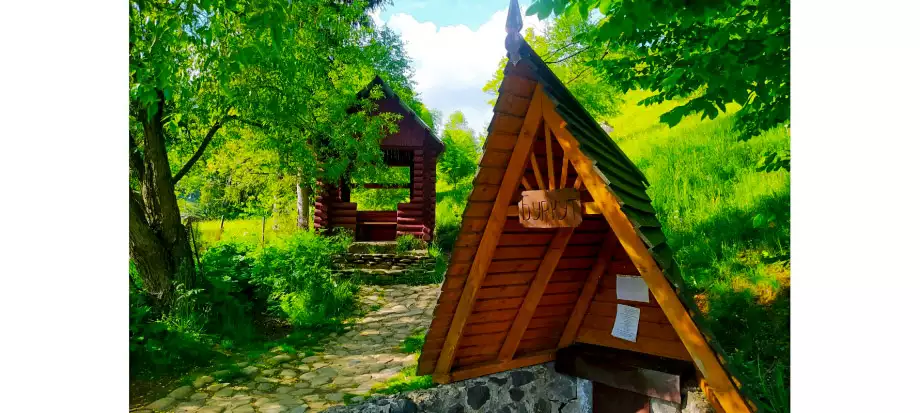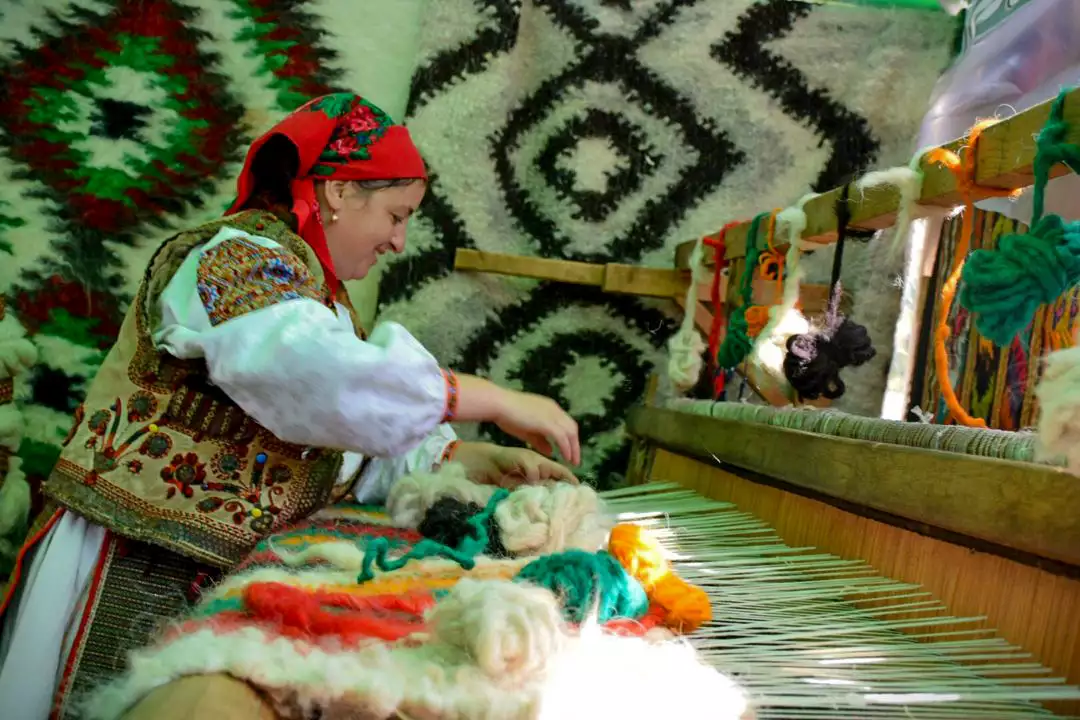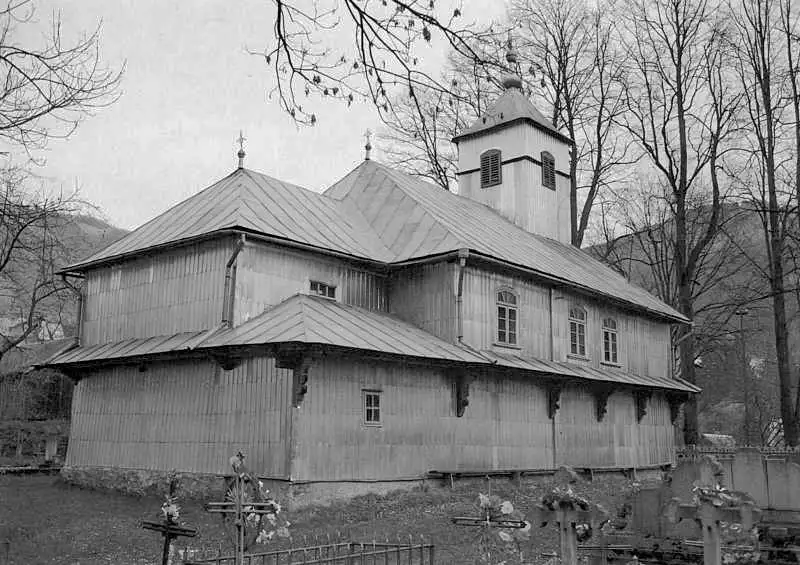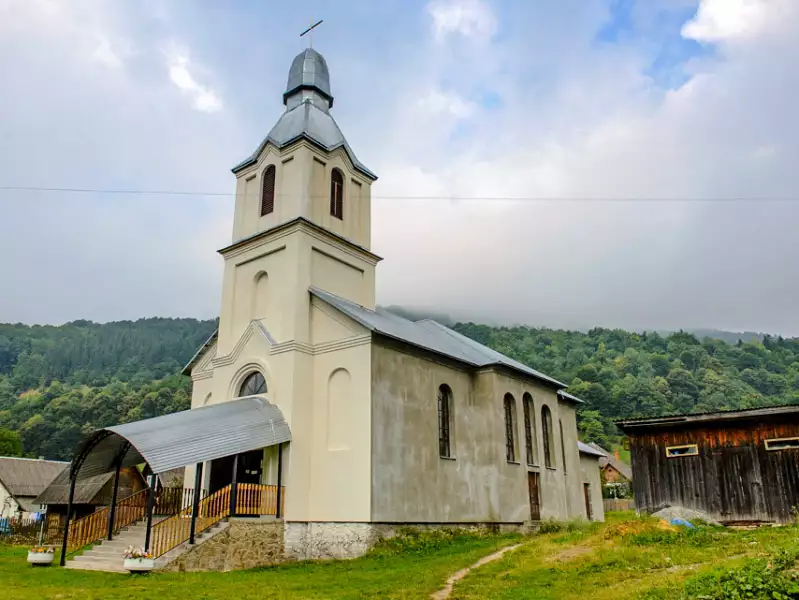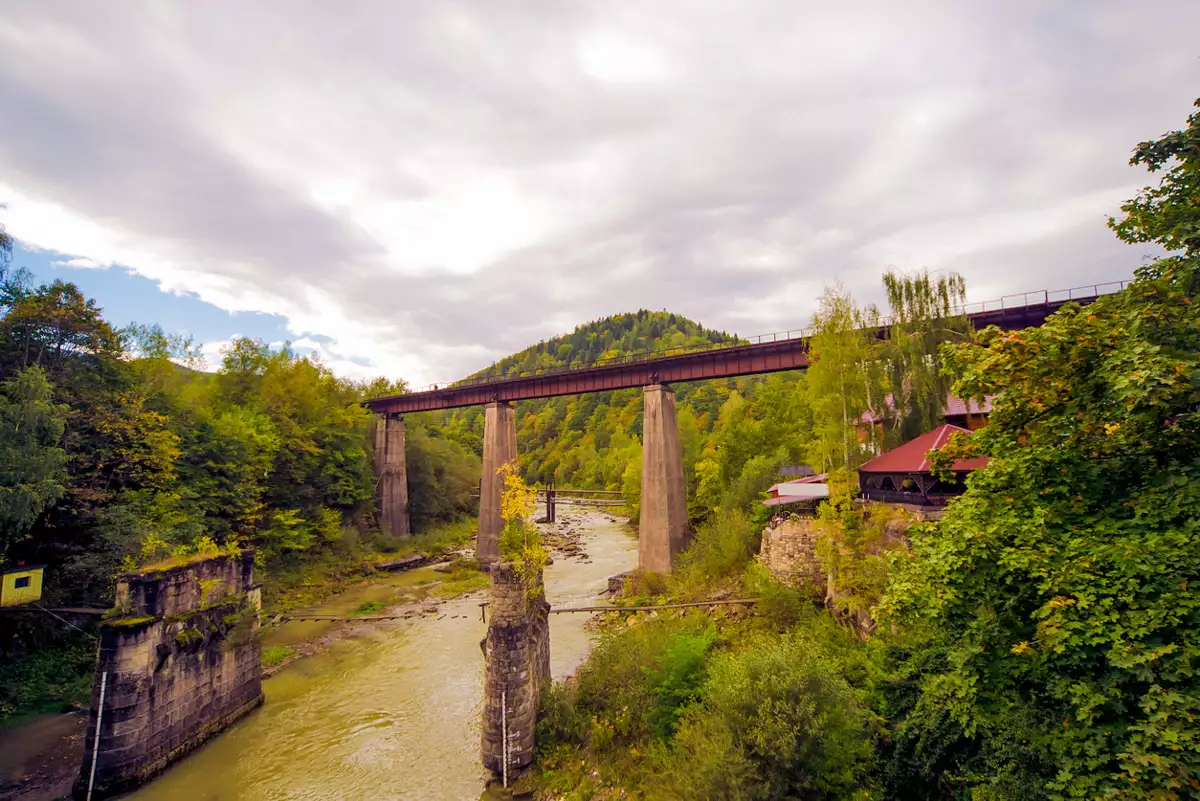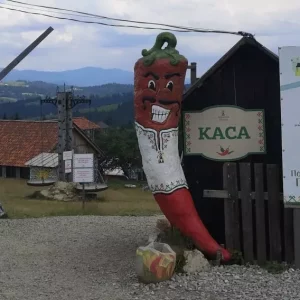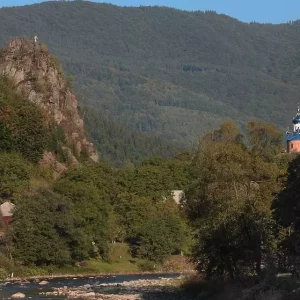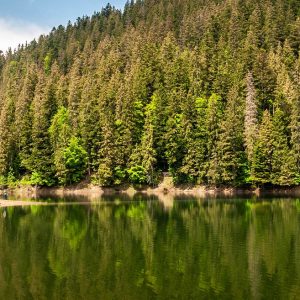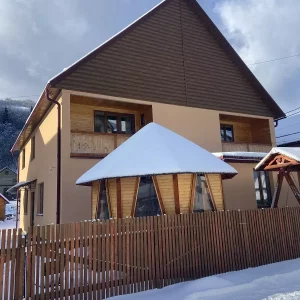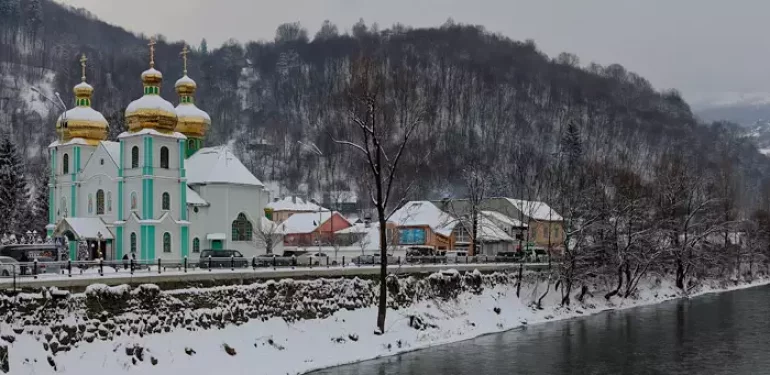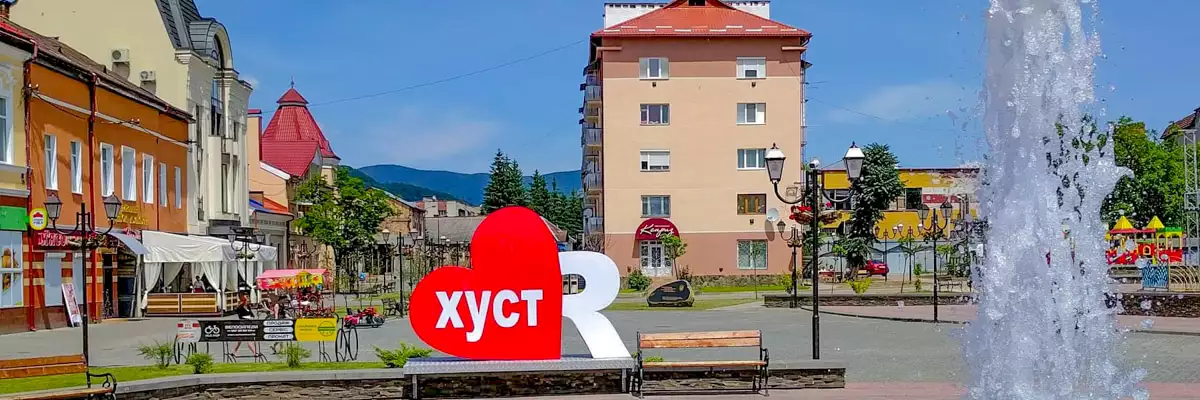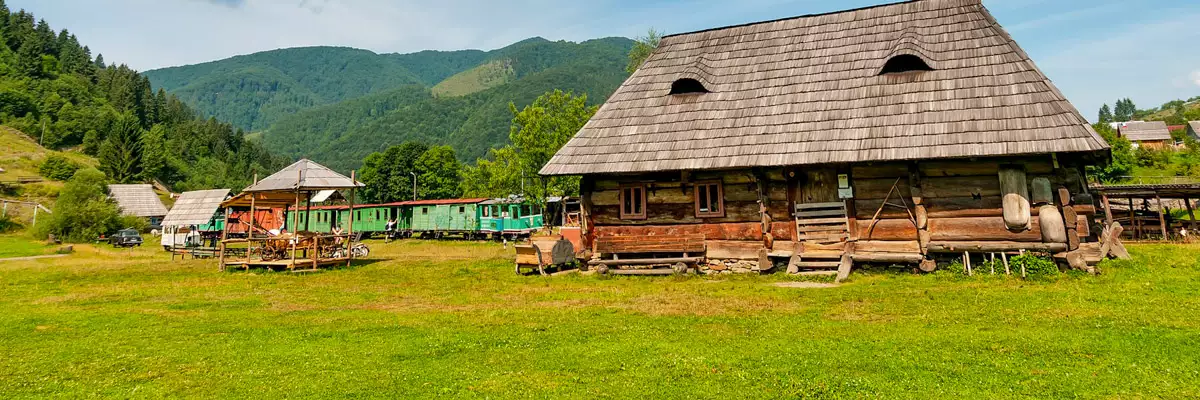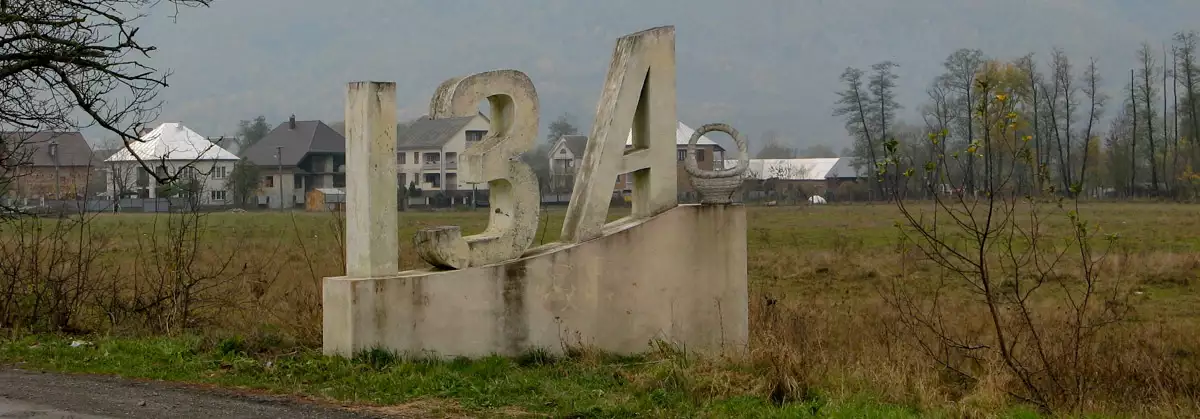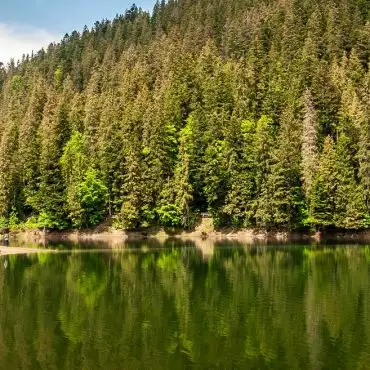The first mentions of the village in chronicles date back to the end of the 17th century. At the beginning of the 18th century, it passed into the hands of the Royal Chamber. In those days, it was considered a Ruthenian (in those days, Ukrainians were called Ruthenians) settlement. The local population was mainly engaged in logging.
Now Kvasy attracts the attention of tourists due to the presence of a large number of sources of mineral waters such as “Narzan” and “Yesentuki”. On their basis, the first “Burkut” hospital with its own font was opened. Its name is related to the name of a carbonated healing liquid in the Hutsul dialect.
The prophylactic was created in the 19th century. during the Austro-Hungarian rule and in the middle of the 20th century. century was called Borkut or Tysaborkut.
It is imperative to mention the ancient legends associated with the area.
One of them says that the first settlers who came here were going through the pass. They ran into the woods from the lord.
It was said that a woman with two daughters came to Black Tysa from Galicia in winter. They walked along the mountain paths for a long time, and then sat down to rest near a huge boulder. Since then, it has been called the “Woman’s Stone”. It is believed that unmarried girls should touch it and then no later than a year later they will meet their chosen one.
When our travelers approached the river, they noticed young men. The young daughters immediately fell in love with them, immediately meeting reciprocity in the young men. The young did not put the matter in a long box and immediately wooed the beauties. The woman agreed, but insisted on the wedding in the church.
The young men jumped into the saddle and soon brought the priest, blindfolding him so that he would not run away. They did not allow him to leave after the ceremony, but they built a priest’s house.
Newlyweds settled nearby and life went on in its own way. Gradually, rumors about the new village began to reach other opponents of the lordship, who sought to find a cozy place. It gradually grew and expanded, and later became a large village.
Another legend says that horsemen on their way to Sigot (that’s what the city of Maramoros-Sigot was called at the time) passed here. From there they brought salt, which was highly valued at that time.
Travelers found the place attractive and decided to build a home here. Nearby they found a source of water, which they called “fermented”. Similar analogies were explained by the fact that she murmured loudly and healed from various ailments.
Gradually, the number of residents increased and soon a settlement called Kvasy arose here.
